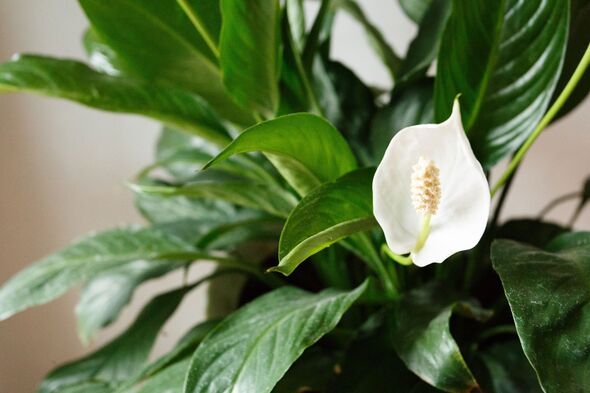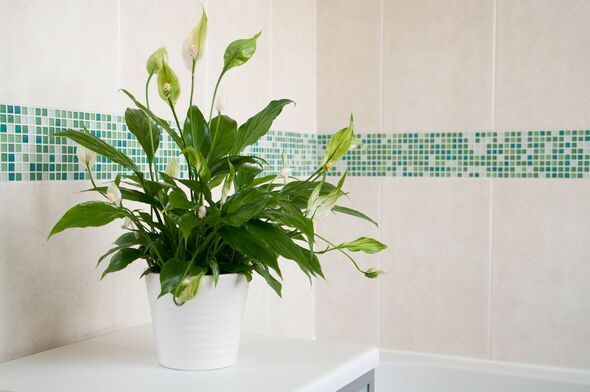
Like most , peace lilies have a sweet spot for humidity, watering, and temperature.
Nurturing these beautiful is well worth the effort when the elegant blooms appear, but getting them to do so can be a mean feat.
One thing peace lily owners might fail to consider when wondering is where the plant is positioned.
While it may look glorious on a windowsill, bedroom cabinet, or as a dining table centrepiece, a potted peace lily needs to be kept away from one "no-go zone", according to Luke Dejahang, Expert and CEO of Crown Pavilions.
Speaking exclusively to Express.co.uk, he said: " can significantly impact peace lilies, leading to wilting, yellowing leaves, or even death. These tropical plants prefer warmer temperatures and thrive in hot environments.
"When exposed to temperatures below 13C, they can experience stress, which may result in wilting leaves if the exposure is prolonged."

"Additionally, colder temperatures can cause black spots and discolouration on the leaves, ultimately slowing the plant's growth."
Luke suggested: "The number one place to avoid keeping peace lilies in winter is near cold drafts or near heat sources, such as radiators and fireplaces. Cold drafts can cause the plant to experience temperature shock, leading to wilting and leaf damage."
It's not just chilly conditions that can strike your peace lily. "Warm places such as near radiators or fireplaces should also be no-go zones", said the gardening expert.
These areas dry out the surrounding air, reducing humidity levels and drying out the peace lily due to the hot, dry air.
Peace lilies prefer humid conditions with 50-60% humidity, so a bathroom or kitchen is ideal. They tend to be kept warm by indirect heat sources, like cooking appliances and water vapour.
For optimal results in winter, try moving your peace lily to a warm room with a south-or west-facing window. Rooms with as few external walls as possible may be more steady in temperature.
The Crown Pavilions gardening expert said: "The most important factor to get right is maintaining a stable temperature. Peace lilies thrive in temperatures between 18C and 27C, which is slightly higher than the ideal temperature you should have for your home - between 18C and 21C."
The temperature change indoors also affects the watering requirements of houseplants, particularly fragile blooms like peace lilies.
They need regular watering, but they shouldn't sit in water, so ensure that watering only happens when the first few centimetres of the soil are dry.
Luke said: "During the winter months, plants should be watered less frequently than during the growing season. It is generally sufficient to water every two weeks, as they are in a slow-growing period.
"However, always check the soil before watering; the top few centimetres should be dry as this is your sign for when it is the right time to know when to water."
Overwatering in winter can lead to root rot, which may manifest as yellowing leaves and drooping foliage, indicating that the plant is unhealthy.









